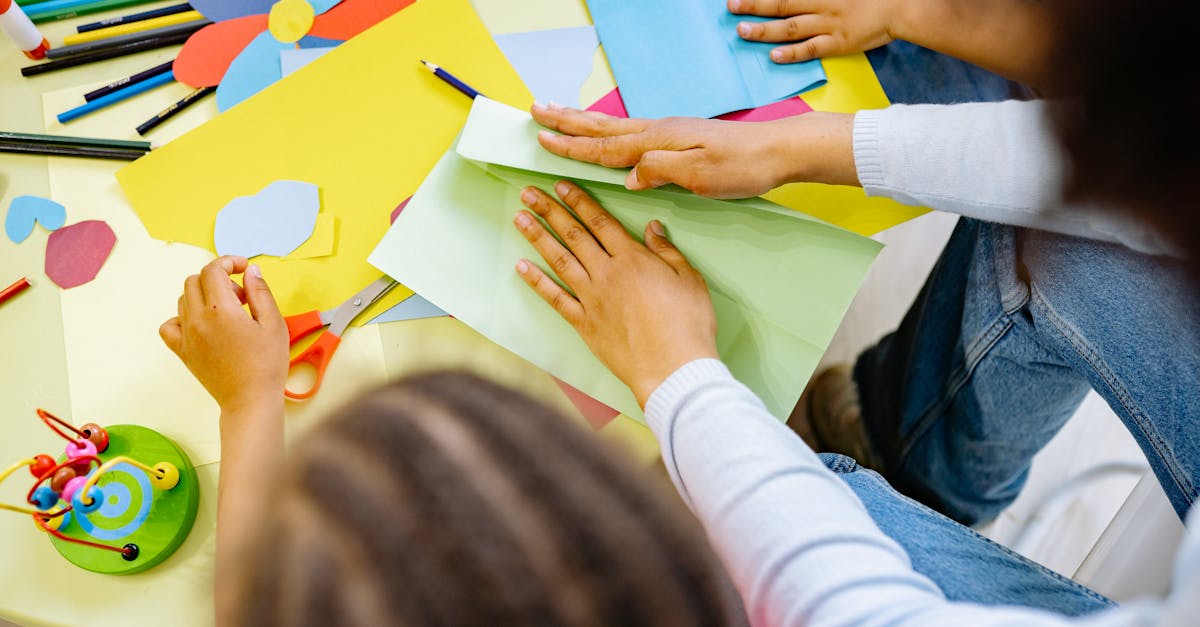Watercolor painting is a beautiful and versatile medium that allows artists to create stunning works of art with its unique transparency and luminosity. However, mastering watercolor painting requires not only creativity and skill but also a good understanding of the tools and techniques involved. In this article, we will explore 12 essential tips to help you hone your skills and create captivating watercolor masterpieces.
1. Quality Brushes Make a Difference: Invest in high-quality watercolor brushes to achieve better control and precision in your painting. Different brushes are suitable for various techniques, so experiment with a variety of shapes and sizes to find what works best for you.
2. Choose the Right Paper: The type of paper you use can greatly impact the outcome of your watercolor painting. Avoid using regular printer paper and opt for watercolor paper, which is specifically designed to handle the wetness of watercolors and prevent warping.
3. Stretch Your Paper: To prevent your paper from wrinkling or warping when wet, consider stretching it before painting. This involves soaking the paper in water and then securing it to a flat surface until it dries completely.
4. Master Wet-on-Wet Technique: Wet-on-wet is a popular watercolor technique where wet paint is applied to a wet surface. This creates soft, blended colors and smooth transitions. Experiment with this technique to create unique and captivating effects in your paintings.
5. Embrace Negative Painting: Negative painting is a technique where you paint around the subject to create shapes and forms. This technique adds depth and dimension to your painting and is a great way to highlight the main subject.
6. Utilize Masking Fluid: Masking fluid is a handy tool that allows you to preserve areas of white paper while painting. Apply masking fluid to areas you want to keep white, paint over them, and then remove the masking fluid to reveal the white highlights.
7. Practice Layering: Watercolor painting is all about layering colors to achieve depth and richness. Start with light washes and gradually build up layers of color to create beautiful gradients and vibrant hues.
8. Experiment with Salt and Alcohol: Get creative with different textures by sprinkling salt or spraying alcohol on wet watercolor paint. These additives create unique patterns and textures that can add interest and visual appeal to your paintings.
9. Work from Light to Dark: When painting with watercolors, it is best to work from light to dark colors. Start with light washes and gradually add darker colors to avoid muddying your painting.
10. Play with Different Techniques: Don’t be afraid to try new techniques and experiment with different ways of applying paint. From dry brushing to splattering, there are endless possibilities to explore in watercolor painting.
11. Pay Attention to Support: The support you choose for your watercolor painting, such as watercolor paper, canvas, or even wood, can influence the final result. Experiment with different supports to see how they affect your painting style.
12. Practice, Practice, Practice: Like any art form, watercolor painting requires practice and patience to master. Keep painting regularly, seek inspiration from other artists, and don’t be afraid to make mistakes – they are all part of the learning process.
By incorporating these tips into your watercolor painting practice, you will be able to enhance your skills, unleash your creativity, and create captivating works of art that showcase the beauty of this unique medium. Experiment, have fun, and let your imagination flow as you explore the endless possibilities of watercolor painting.


